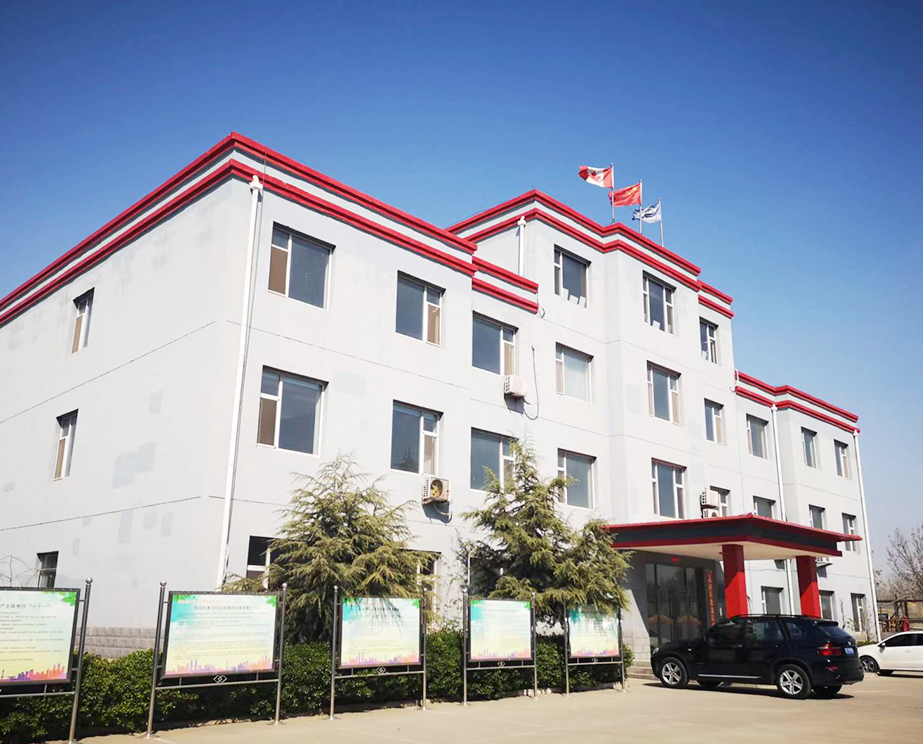- Afrikaans
- Albanian
- Amharic
- Arabic
- Armenian
- Azerbaijani
- Basque
- Belarusian
- Bengali
- Bosnian
- Bulgarian
- Catalan
- Cebuano
- Corsican
- Croatian
- Czech
- Danish
- Dutch
- English
- Esperanto
- Estonian
- Finnish
- French
- Frisian
- Galician
- Georgian
- German
- Greek
- Gujarati
- Haitian Creole
- hausa
- hawaiian
- Hebrew
- Hindi
- Miao
- Hungarian
- Icelandic
- igbo
- Indonesian
- irish
- Italian
- Japanese
- Javanese
- Kannada
- kazakh
- Khmer
- Rwandese
- Korean
- Kurdish
- Kyrgyz
- Lao
- Latin
- Latvian
- Lithuanian
- Luxembourgish
- Macedonian
- Malgashi
- Malay
- Malayalam
- Maltese
- Maori
- Marathi
- Mongolian
- Myanmar
- Nepali
- Norwegian
- Norwegian
- Occitan
- Pashto
- Persian
- Polish
- Portuguese
- Punjabi
- Romanian
- Russian
- Samoan
- Scottish Gaelic
- Serbian
- Sesotho
- Shona
- Sindhi
- Sinhala
- Slovak
- Slovenian
- Somali
- Spanish
- Sundanese
- Swahili
- Swedish
- Tagalog
- Tajik
- Tamil
- Tatar
- Telugu
- Thai
- Turkish
- Turkmen
- Ukrainian
- Urdu
- Uighur
- Uzbek
- Vietnamese
- Welsh
- Bantu
- Yiddish
- Yoruba
- Zulu
drill pipe pup joint
Understanding Drill Pipe Pup Joints A Critical Component in Drilling Operations
Drilling operations in the oil and gas industry are complex and require meticulous planning and execution. Among the various components that ensure the efficiency and effectiveness of these operations, drill pipe pup joints play a vital role. Understanding this component is crucial for anyone involved in drilling activities.
What are Drill Pipe Pup Joints?
Drill pipe pup joints are short lengths of pipe that are used in conjunction with standard drill pipes during drilling operations. They are typically employed to add small increments of length to the drill string or to make up for equipment variations in specific drilling assemblies. Pup joints can be manufactured in various lengths, generally ranging from 2 to 10 feet, and can be made from the same materials as standard drill pipe.
The Purpose of Pup Joints
The primary purpose of drill pipe pup joints is to precisely adjust the length of the drill string or to accommodate changes in drilling equipment. This is especially important in drilling operations where the depth of the borehole must be maintained consistently. Any discrepancies can lead to operational inefficiencies, unnecessary equipment wear, or even drilling failures.
Additionally, pup joints are crucial when a particular tool or component, such as a heavier drill bit, may change the weight distribution and require slight adjustments to the overall length of the assembly. They also enable the use of extended systems or packages, allowing drilling crews to adapt to varying geological conditions without needing to reconfigure the entire drill string.
Design and Construction
Drill pipe pup joints are constructed to endure the same stresses and strains as regular drill pipes. They are typically made from high-strength steel, providing the necessary durability and toughness required for the harsh environments encountered during drilling. The connections, usually threaded ends, must also adhere to stringent specifications to ensure a secure fit with both standard and premium connections.
drill pipe pup joint

Manufacturers often produce pup joints with different specifications, such as diameter, wall thickness, and material grades, allowing drilling operations to tailor their equipment to meet specific project needs.
Benefits of Using Pup Joints
1. Flexibility Pup joints offer enhanced flexibility in terms of adjusting the drill string length. This adaptability is essential when encountering unexpected geological formations or changes in drilling strategies.
2. Efficiency By facilitating quick adjustments, pup joints can significantly reduce downtime during drilling operations. This efficiency ultimately translates into cost savings and improved project timelines.
3. Safety The ability to quickly adapt the drill string can also improve safety. Properly balanced drill strings reduce the risk of equipment failure or accidents, which can lead to injury or damage.
4. Quality Control High-quality pup joints, manufactured to meet industry standards, ensure reliability and performance. Utilizing reliable components minimizes the likelihood of mechanical failures during critical operations.
Conclusion
Drill pipe pup joints are indispensable in the field of drilling operations. Their ability to provide precise adjustments to the drill string, along with the benefits of flexibility, efficiency, and safety, makes them a critical component for successful drilling projects. As the oil and gas industry continues to evolve and face new challenges, the importance of reliable and adaptable elements like pup joints will only become more pronounced. By understanding and utilizing these components effectively, drilling operations can achieve better performance and reduce overall costs, ultimately contributing to the success of exploration and production in the energy sector.
-
Tubing Pup Joints: Essential Components for Oil and Gas OperationsNewsJul.10,2025
-
Pup Joints: Essential Components for Reliable Drilling OperationsNewsJul.10,2025
-
Pipe Couplings: Connecting Your World EfficientlyNewsJul.10,2025
-
Mastering Oilfield Operations with Quality Tubing and CasingNewsJul.10,2025
-
High-Quality Casing Couplings for Every NeedNewsJul.10,2025
-
Boost Your Drilling Efficiency with Premium Crossover Tools & Seating NipplesNewsJul.10,2025







